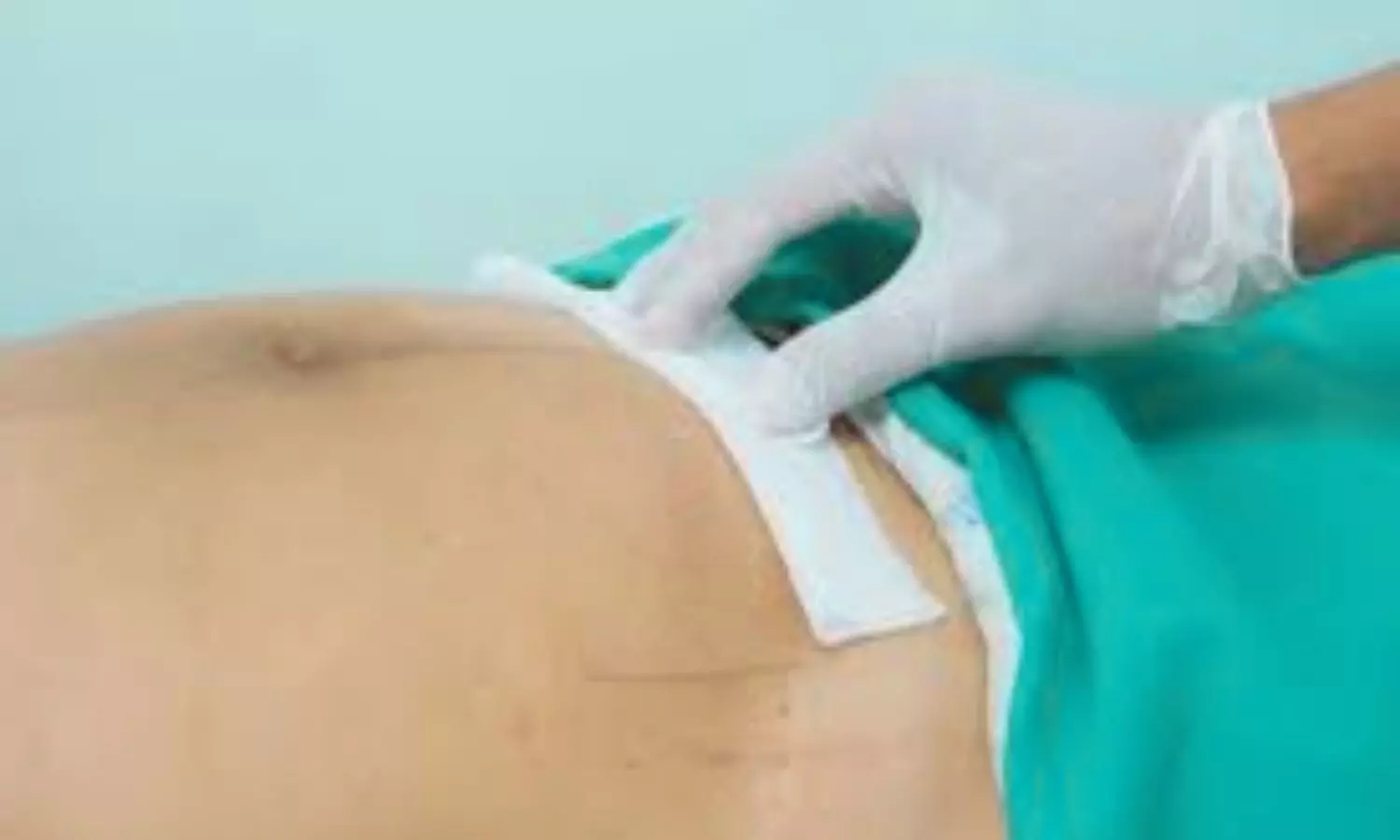Modified open anterior mesh repair Effective for Groin Hernias in Women in Low-Resource Settings: JAMA

Researchers have found in a new randomized clinical trial that modified open anterior mesh repair repair is a suitable option for groin hernia repair in women, especially in low-resource settings. Femoral hernias were highly prevalent, and exposing the femoral canal was crucial for their accurate detection. The study was published in JAMA Network by Alphonsus M. and colleagues.
The research was a two-arm, double-blind, randomized clinical trial between October 2019 and February 2023 in two public hospitals in Northern Uganda. The trial recruited 200 adult females aged 18 years or more, who all had a primary groin hernia and were of American Society of Anesthesiologists (ASA) class I or II. Informed consent was given by all the subjects. The women were randomized to receive either the routine OAM repair or the MOAM repair, the primary difference in the MOAM technique being opening of the transversalis fascia and closure of the femoral canal with a mesh flap.
There were 200 women who participated in the trial. The mean age was 52.7 years with a standard deviation of 14.0 years. Of the 200 women, 99 (49.5%) were randomly assigned to the OAM repair and 101 (50.5%) to the MOAM repair. It was interesting to observe that almost 45% of the participants (89 out of 200) had a femoral hernia. Surprisingly, 35 women (35.4%) assigned initially to the OAM group received the MOAM procedure instead because of intraoperative findings of femoral hernias necessitating femoral canal exposure.
Key Findings
-
At one-year follow-up, the total rate of recurrence for groin hernias among all participants was 5.6% (11 out of 195 patients).
-
In the control (OAM) group, 4 out of 97 participants (4.1%) had recurrence.
-
In the intervention (MOAM) group, 7 out of 98 participants (7.1%) had recurrence.
-
The absolute between-group difference in recurrence was −3.0 percentage points (95% confidence interval: −9.5 to 3.4), and this difference was not statistically significant (P = .36).
-
Notwithstanding this, the exposure of the femoral canal by MOAM permitted more sensitive detection and repair of femoral hernias, essential in female patients, in whom these hernias are more common.
This randomized clinical trial offers valuable evidence that modified open anterior mesh repair is a feasible and safe technique for the management of groin hernias among women in low-resource settings. The results justify the wider use of MOAM where laparoscopic surgery is unavailable, allowing women to be provided with complete and effective hernia repair.
Reference:
Matovu A, Nordin P, Wladis A, et al. Open Anterior Mesh Repair vs Modified Open Anterior Mesh Repair for Groin Hernia in Women: A Randomized Clinical Trial. JAMA Surg. Published online July 16, 2025. doi:10.1001/jamasurg.2025.2244



